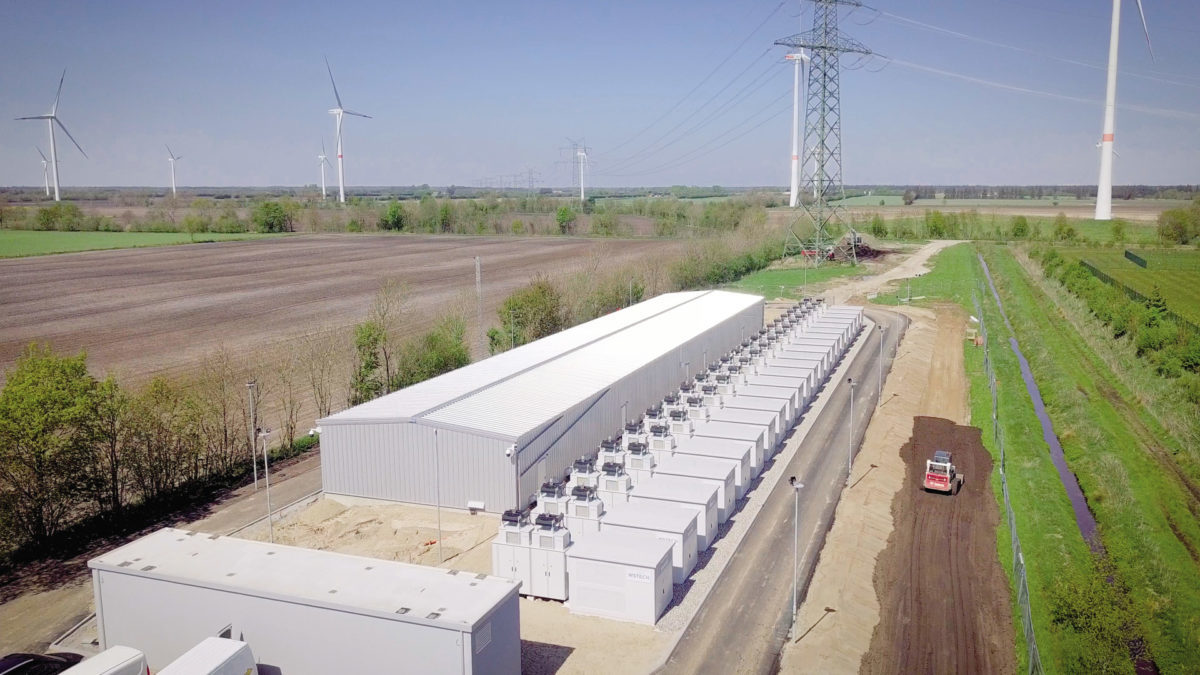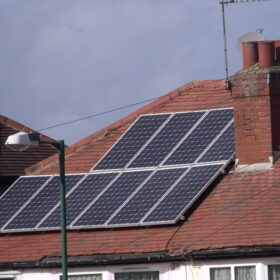A new report by US National Renewable Energy Laboratory states energy storage would play a significantly growing role in India’s power system. The nation could deploy energy storage capacity in the range of 50 to 120 GW (160 – 800 GWh) by 2030. The installation would increase to the range of 180 to 800 GW (750 – 4,800 GWh) by 2050, representing between 10% and 25% of total installed power capacity by 2050.
The researchers modeled the growth of grid-scale energy storage deployment in India under different technology costs, policy, and regulatory scenarios, resulting in a range of storage growth trajectories over the next three decades. The reference-case scenario represents middle-of-the-road projections with standard assumptions through 2050. Additional scenarios were explored by making a change to the reference-case assumptions of value streams for energy storage, costs of solar and storage, and fossil fuel investments.
In the reference case, power capacity additions were assumed as per the national plan, such as 175 GW by 2022 and 450 GW by 2030, and future projections for electricity demand growth. Further, it was assumed energy storage devices receive revenue for the full value of grid services they provide.
Balanced scenario
Under reference-case assumptions, energy storage deployment would grow quickly with an average annual growth rate of 42% between 2020 and 2030. The installation would reach 635 GW by 2050, constituting around 23% of the nation’s installed power capacity (2,700 GW) by 2050. The total energy capacity of energy storage would be 3,220 GWh by 2050, with an average storage duration of 5 hours across all devices.
The researchers don’t see additional investment in pumped-hydro electricity storage beyond what is currently under construction or planned.
Battery storage investments would become cost-effective in 26 of the 34 states and union territories by 2030. Jammu and Kashmir, Gujarat, and Karnataka together would have a potential for over 10 GW of battery storage capacity by 2030.
By 2050, the researchers see a large concentration of battery storage in Northern and Western Region states, particularly in Rajasthan and Gujarat. These states have the highest total battery storage deployment, with 1,060 GWh and 680 GWh of battery energy capacity, respectively.
As for energy storage types, four-hour battery storage would be the only cost-effective storage technology from the mid-2020s through the late 2030s. All 2-hour storage devices will get retired by 2039, having reached the end of their technical and financial life. There are no additional investments in 2-hour batteries after they are fully retired.
Beginning in 2039, 6-hour batteries would become cost-effective in certain locations. And beyond 2040, these will grow the fastest among all storage technologies.
Eight-hour batteries start to become cost-effective in the mid-2040s.
Drivers
In the Reference Case, the researchers assumed that energy storage projects received full compensation for the multiple services they provide to the grid. The same battery storage facility, for example, can help reduce operational costs by performing energy time-shifting, provide reliable capacity for long-term capacity adequacy, and also provide essential grid services (i.e., ancillary services) to help maintain grid reliability.
The researchers found energy time-shifting and capacity services as the largest source of value for energy storage, both in the near and long term. The value of energy storage to provide operating reserves, on the other hand, was relatively small and declined over time.
This content is protected by copyright and may not be reused. If you want to cooperate with us and would like to reuse some of our content, please contact: editors@pv-magazine.com.









1 comment
By submitting this form you agree to pv magazine using your data for the purposes of publishing your comment.
Your personal data will only be disclosed or otherwise transmitted to third parties for the purposes of spam filtering or if this is necessary for technical maintenance of the website. Any other transfer to third parties will not take place unless this is justified on the basis of applicable data protection regulations or if pv magazine is legally obliged to do so.
You may revoke this consent at any time with effect for the future, in which case your personal data will be deleted immediately. Otherwise, your data will be deleted if pv magazine has processed your request or the purpose of data storage is fulfilled.
Further information on data privacy can be found in our Data Protection Policy.